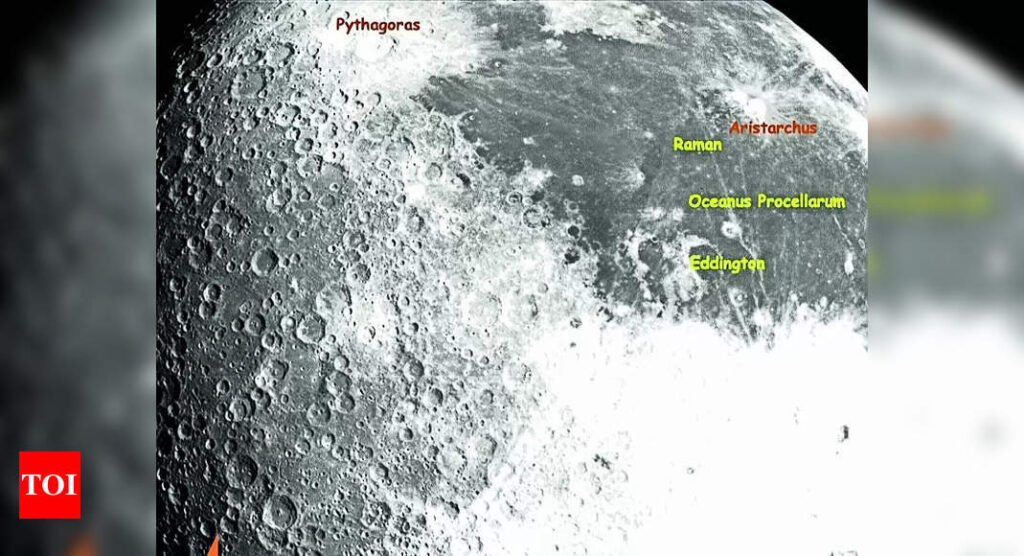[ad_1]
As Chandrayaan-3 prepares for lunar landing, Isro has carried out a detailed analysis of traffic around the Moon, not just for now but also for the coming years. Between September and July 2019, Chandrayaan-2 had performed three collision avoidance manoeuvres (CAMs) to mitigate critical close approaches with other spacecraft. With Chandrayaan-3, Isro will yet again be performing this critical task of traffic management.
Current situation
Chandrayaan-3 is the latest entry into lunar orbit. As of last month, there were six other active lunar orbiters: Four from NASA, including the Lunar Reconnaissance Orbiter (LRO), and one each from India (Chandrayaan-2 orbiter) and Korea — the Korea Pathfinder Lunar Orbiter (KPLO).
Japan’s Ouna, which was placed in lunar orbit in 2009, and India’s Chandrayaan-1 (2008) are two defunct spacecraft, while all the other orbiters have either been moved out of the moon-bound orbital regime or have impacted the lunar surface, either deliberately or due to failure to carry out a soft-landing. “It is expected that Russia’s Luna-25 (lander and rover) will be in lunar orbit of 100km by August 16 and will be landing on the lunar South Pole between August 21 and 23, 2023,” Isro said.
Risk of close approaches and mitigation
“Even with a handful of orbiting spacecraft, frequent conjunctions are experienced by LRO, KPLO and the Chandrayaan-2 orbiter as their orbital regimes in Low Lunar Orbit (LLO) overlap. Sometimes, such conjunctions even warrant CAMs to be on the safer side because of the uncertainty associated with orbital estimates,” Isro said.
Pointing out that effective coordination happens among agencies to avoid critical conjunctions, Isro added that for the Chandrayaan-3 mission, the propulsion module is expected to orbit around the Moon in a circular LLO of about 150km altitude for many years to come. “Majority of the lunar landers are also likely to temporarily reside in LLO (typically for a few days or weeks) before landing. Under the ambit of Isro System for Safe and Sustainable Space Operations Management (IS4OM), critical analysis of each of the lunar-bound manoeuvres for orbit lowering are being performed to assess potential risks of close approaches with the other lunar orbiters before executing the manoeuvres,” Isro added.
The way forward
Reiterating how space object population has been growing beyond Earth, especially in the lunar environment, Isro said: “Greater uncertainty associated with orbital knowledge entails collision risk assessment to be a necessity for safe operations for a spacecraft orbiting the Moon.” India has taken up initiatives in collaboration with international organisations such as Inter Agency Space Debris Coordination Committee (IADC), which include studies related to future evolution of space object environment in cislunar and lunar region to bring out specific guidelines and best practices for space operations to be sustainable in these regions.
Watch Chandrayaan-3’s Vikram nears landing, only 1,437 Km away from Moon
[ad_2]
Source link











More Stories
Congress replaces Kamal Nath, names an OBC as Madhya Pradesh chief | India News
Fire breaks out in ITBP camp in Srinagar; none hurt | India News
Parliament Security: Co-villagers give clean chit to Lalit Jha, parents to move court | India News